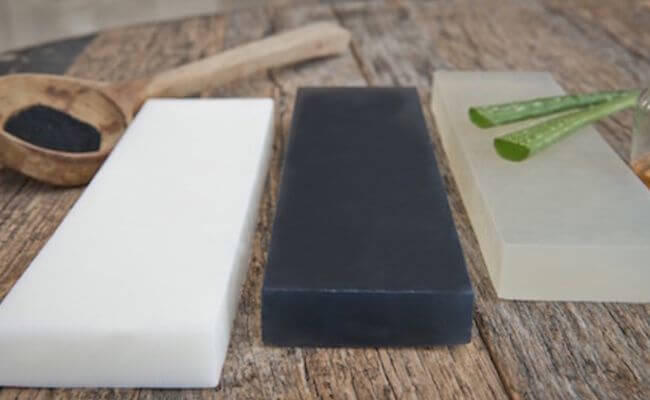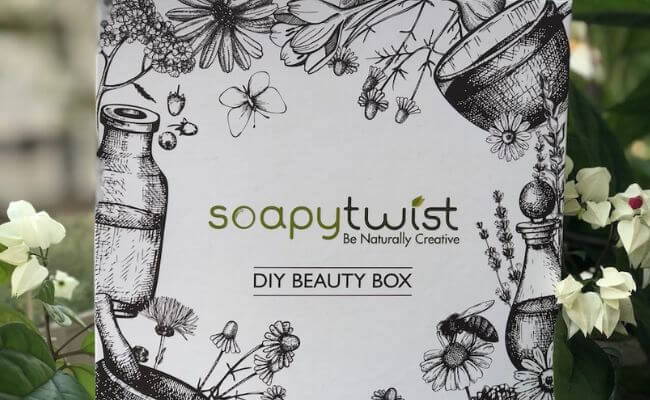Understanding Fragrance Oils: A Comprehensive Guide for DIY Crafters

The world of fragrance oils is vast, aromatic, and, at times, a tad confusing. Whether you are a seasoned DIY crafter or just dipping your toes into the refreshing waters of handmade soaps and cosmetics, understanding fragrance oils is pivotal. As a leading supplier of these aromatic wonders, we at Soapy Twist are here to guide you through their enticing maze.
What are Fragrance Oils?
Fragrance oils, also known as aroma oils or perfume oils, are synthetically created aromatic compounds. Unlike essential oils, which are naturally derived from plants, fragrance oils are primarily man-made. They are designed to mimic natural scents, and because they are synthetic, they can offer a wider variety of scents compared to essential oils. This includes perfumes inspired by baked goods, rain, or even complex scents like ‘midnight moon’ or ‘ocean breeze.’
Benefits of Using Fragrance Oils in DIY Projects:
Diverse Scents: From the crisp aroma of rainforest to the comforting smell of vanilla, the possibilities are limitless.
Consistency: Fragrance oils retain their scent throughout the soap or cosmetic-making process, ensuring a product that smells as delightful as intended.
Cost-Effective: Often, you will require less fragrance oil than essential oil to achieve the desired scent intensity.
Longevity: Products made with fragrance oils generally retain their aroma for a longer time compared to those made with essential oils.
How to Choose the Right Fragrance Oil?

Safety First: Always ensure that the fragrance oil you are considering is safe for its intended use. For instance, some fragrance oils are perfect for soaps but may not be suitable for lip balms. Always check the product's specifications.
Compatibility: Not all fragrance oils behave the same way when introduced to various cosmetic and soap-making processes. Some might change color, while others might accelerate trace in cold process soapmaking.
Note Profile: Fragrances typically have top, middle, and base notes. Understanding these can help in blending or layering fragrances for a more complex scent profile in your DIY products.
Tips for Using Fragrance Oils:
Start Small: Especially for newcomers, it's advisable to start with a small quantity. This way, you can test the scent in your product before committing to a larger batch.
Measure Accurately: Always use the recommended amount. Overuse can make your product overly perfumed, potentially irritating the skin.
Storage: Store your fragrance oils in a cool, dark place to maintain their quality.
Exploring Soapy Twist’s Range:

We take pride in offering a diverse range of high-quality fragrance oils. Our latest additions, like the calming 'Gardenia,' the intriguing 'Rituals of Mehr,' or the refreshing 'Cucumber and Green Tea,' are curated keeping in mind the varied needs and preferences of our DIY community. Every scent undergoes rigorous testing to ensure it meets our standards of safety, consistency, and allure.
In Conclusion
Diving into the world of fragrance oils is an aromatic journey of creativity. Whether you are crafting luxurious soaps, rejuvenating lotions, or tantalizing lip balms, the right fragrance oil can elevate your DIY project to new aromatic heights. As always, our team at Soapy Twist is here to assist, inspire, and provide you with the best the world of fragrances has to offer. Happy crafting!




Leave a comment
This site is protected by reCAPTCHA and the Google Privacy Policy and Terms of Service apply.